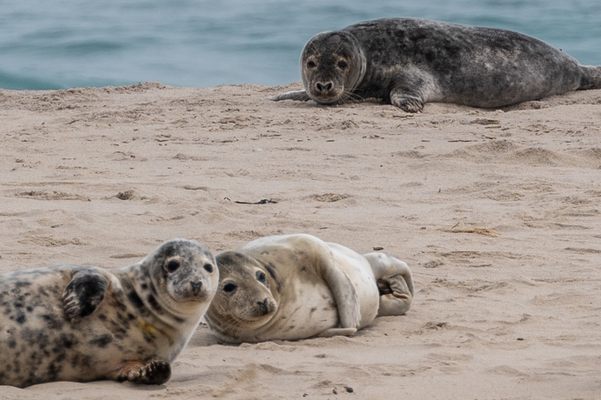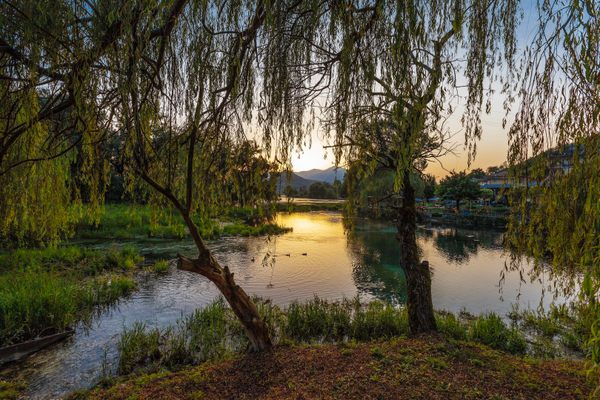About
Imagine an uninhabited island shaped like a string bean where feral horses roam free and you'll have a decent idea of Sable Island's odd reality.
Located about more than 180 miles southeast of Halifax, Nova Scotia, the island, which is nearly 25 miles long and made entirely of sand, is a low-lying stretch of land in the middle of the ocean. Due to the island's low profile and isolated placement, the oversized sandbar also has a long legacy of shipwrecks thereby earning the island the moniker, "Graveyard of the Atlantic."
In addition to shipwrecks, Sable Island is known for its population of some 400 feral horses that have lived there ever since their ancestors were introduced in the 18th century. In addition to the Sable Island Ponies, harbor and grey seals breed on the island’s shores without any human interference.
Although this is one location where tourists don’t flock to, many are becoming fascinated with the island’s mythical description and interest in the site is growing. Luckily the island and its horses are protected by the Canadian government as a national park. At the moment, only a small number of scientists live on the island to study more about the island’s flora and fauna. Any potential visitors must actually clear their visit with the Canadian military.
Not even wild horses could drag travelers to the island without permission. The island has an odd mix of two climate categories, humid continental, and the milder end of sub-polar oceanic, due to Gulf Stream influence, summers are also kept below 75 degrees Fahrenheit almost always by the cold Labrador current. One could compare its climate to that of a coastal environment in maybe a country like Denmark.
It lies in USDA hardiness zone 8a (minimum winter temperature 10 to 15 degrees Fahrenheit and highest zone anywhere in eastern Canada, a place of the same zone with warm or hot summers would be considered at the lower end of humid subtropical), but due to constant cold saline winds and sandy soil, trees are not really able to grow and the only woody species to be found here are very stout wild roses and cranberries and possibly a dwarf birch or two.
In the early 20th century, many trees were brought from Ottawa to plant experimentally back before anyone cared or was aware of what this could do. Only a single Scots Pine (a native of northern and alpine Europe and western Siberia) has survived and grows in the research station as a pathetic-looking sort of natural bonsai, dwarfed by the elements. Brackish pools exist in the interior of the island where the ocean is about one mile away on either side, and are home to a unique species of sponge. Despite the relatively mild temperatures, the island is often subject to snowfall as heavy as it is on the much colder mainland, due to high atmospheric moisture and heavy precipitation.
Related Tags
Community Contributors
Added By
Published
October 1, 2013







































